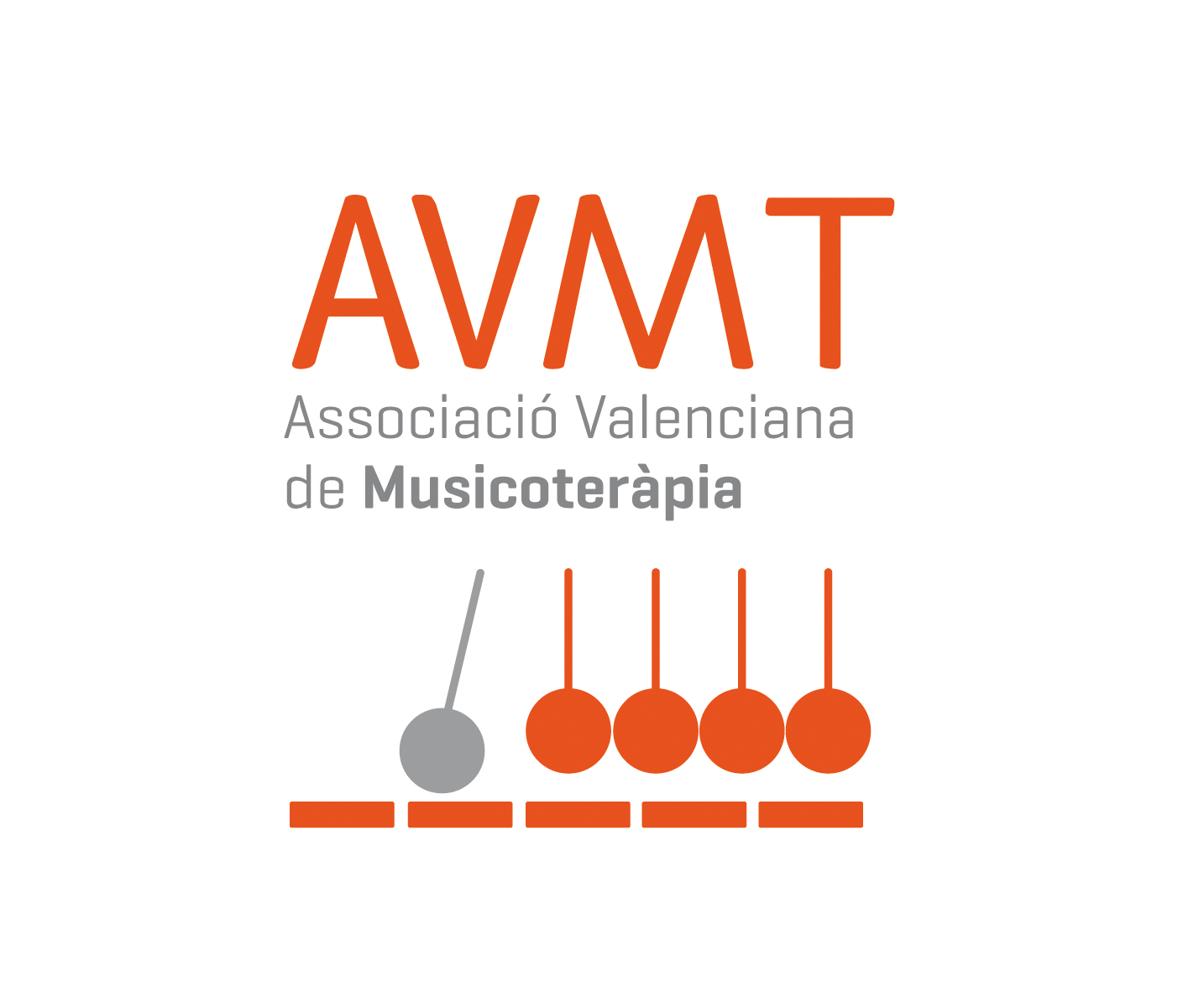En esta página iremos añadiendo los artículos sobre musicoterapia que consideremos importantes. Esperamos que te sirvan de utilidad y si quieres compartir con nosotros algún artículo o link puedes ponerte en contacto con nosotros a través de la sección correspondiente.
Applebaum, E., Egel, A. L., Koegel, R. L., Imhoff, B. (1979). Measuring musical abilities of autistic children. Journal of Autism and Developmental Disorders, 9(3):279-285.
Bettison, S. (1996) The long-term effects of auditory training on children with autism. Journal of Autism and Developmental Disorders, 26(3):361-374.
Boddaert, N., Chabane, N., Belin, P., Bourgeois, M., Royer, V., & Barthelemy, C., et al. (2004). Perception of complex sounds in autism: abnormal auditory cortical processing in children. American Journal of Psychiatry, 161, 2117-2120.
Bonnel, A., Mottron, L., Peretz, I., Trudel. M., Gallun, E., Bonnel, A. M. (2003). Enhanced
pitch sensitivity in individuals with autism: a signal detection analysis. Journal of Cognitive Neuroscience, 15(2):226-35. PBS Record: 270.
Braithwaite, M., Sigafoos, J. (1998). Effects of social versus musical antecedents on communication responsiveness in five children with developmental disabilities. Journal of Music Therapy, 35(2), 88-104.
Brown, W. A., Cammuso, K., Sachs, H., Winklosky, B., Mullane, J., Bernier, R., Svenson, S., Arin, D., Rosen-Sheidley, B., Folstein, S. E. (2003). Autism-related language, personality, and cognition in people with absolute pitch: results of a preliminary study. Journal of Autism & Developmental Disorders, 33(2):163-7; discussion 169. PBS Record: 250.
Brown, S., Martinez, M. J., Hodges, D. A., Fox, P. T., & Parsons, L. M. (2004). The song system of the human brain. Cognitive Brain Research, 20, 363-375.
Brown, S., Martinez, M. J., & Parsons, L. M. (2006). Music and language side by side in the brain: a Pet study of the generation of melodies and sentences. European Journal of Neuroscience, 23, 2791-2803.
Brown, S. M. (1994). Autism and music therapy – is change possible, and why music? Journal of British Music Therapy, 8:15-25.
Brownell, M. D. (2002). Musically adapted social stories to modify behaviors in students with autism: four case studies. Journal of Music Therapy, 39(2):117-144.
Bruscia, K. E. (1982). Music in the assessment and treatment of echolalia. Music Therapy, 2(1):25-41.
Buday, E, M. (1995). The effects of signed and spoken words taught with music on sign and speech imitation by children with autism. Journal of Music Therapy, 32(3): 189-202.
Edgerton, C., L. (1994). The effect of improvisational music therapy on the communicative behaviors of autistic children. Journal of Music Therapy, 31, 31-62.
Farmer, K. J. (2003). The effect of music vs. nonmusic paired with gestures on spontaneous verbal and nonverbal communication skills of children with autism between the ages 1-5 (Master’s thesis). Tallahassee, FL: Florida State University (School of Music).
Gold, C., Wigram, T., Elefant, C. (2008). Musicoterapia para el trastorno de espectro autista. Reproducción de una revisión Cochrane, traducida y publicada en La Biblioteca Cochrane Plus, 2008, Número 2.
